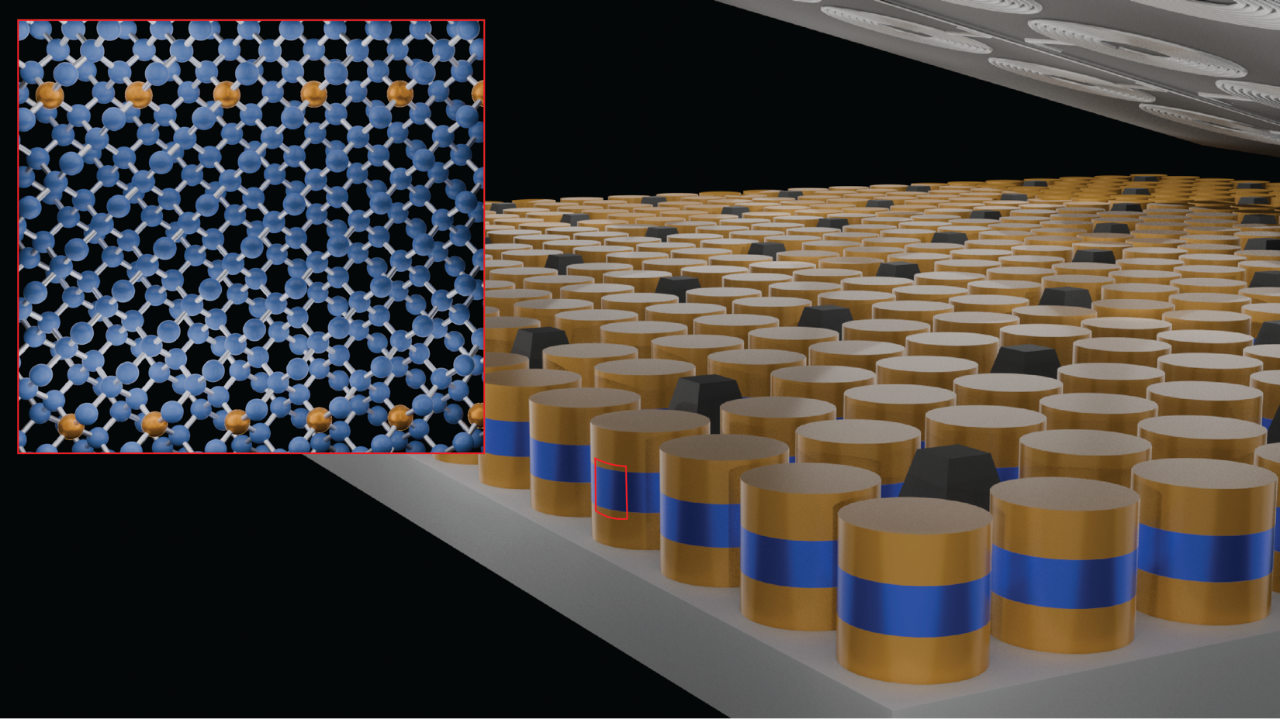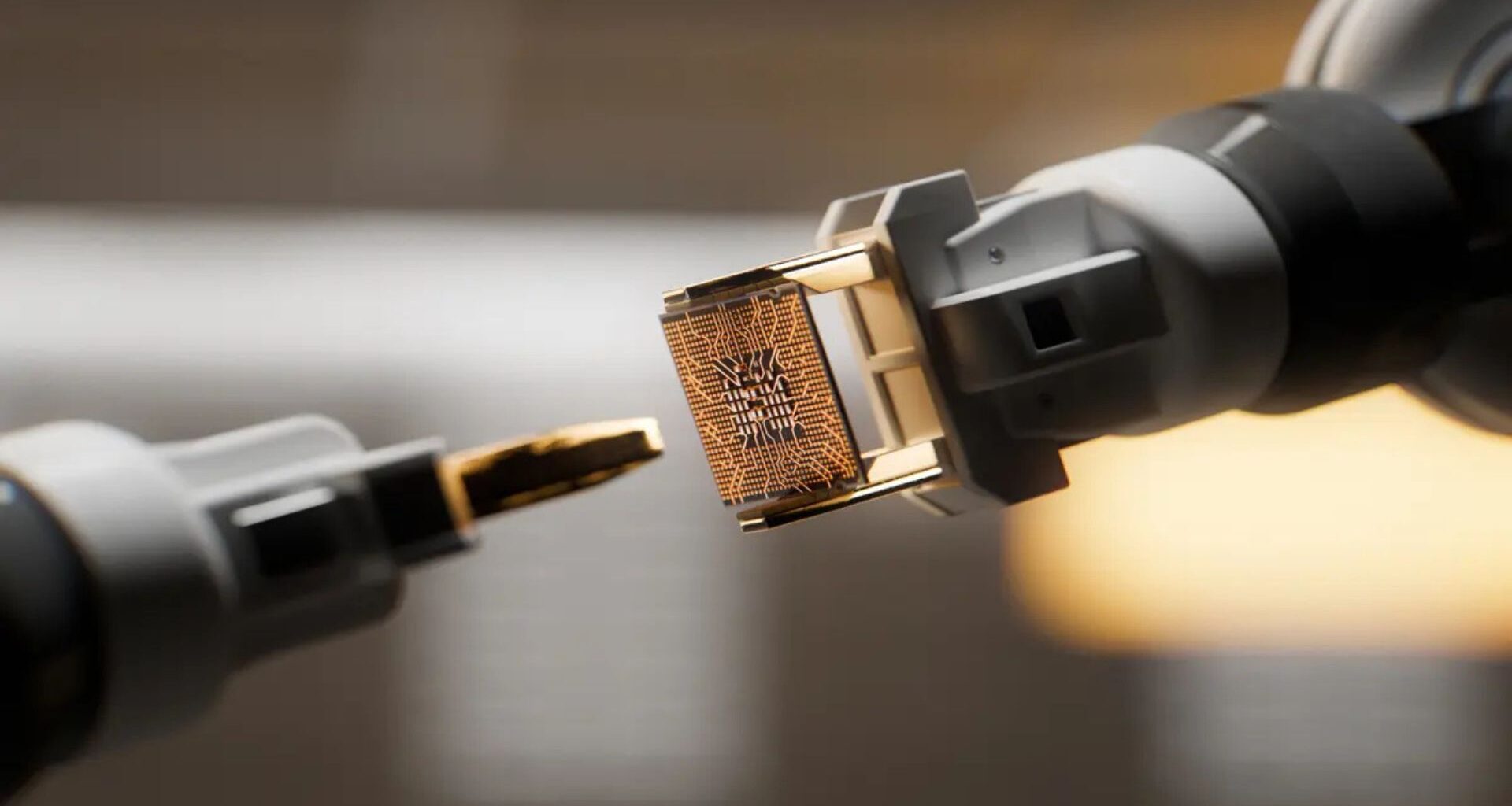Scientists have successfully made germanium, a key semiconductor used in computer chips and fiber optics, superconducting for the first time.
The breakthrough could lead to faster, more energy-efficient electronics and open new paths for quantum technologies.
A team of researchers from New York University, the University of Queensland, and other international institutions created a form of germanium that conducts electricity with zero resistance at 3.5 Kelvin, or about -453 degrees Fahrenheit.
“Establishing superconductivity in germanium, which is already widely used in computer chips and fiber optics, can potentially revolutionize scores of consumer products and industrial technologies,” said New York University physicist Javad Shabani, director of NYU’s Center of Quantum Information Physics and the university’s newly established Quantum Institute.
For decades, scientists have tried to make semiconductors such as silicon and germanium superconducting.
Doing so could allow electrical current to flow indefinitely without energy loss, significantly improving the speed and efficiency of electronic devices. But achieving the right atomic structure and electron behavior in these materials has proven difficult.
Germanium and silicon, both group IV elements with diamond-like crystal structures, are known for their stability and flexibility.
They sit between metals and insulators in terms of electrical properties, which makes them ideal for chip manufacturing.
To make them superconducting, researchers must alter their atomic arrangement so that electrons can pair up and move through the crystal without resistance.
“Germanium is already a workhorse material for advanced semiconductor technologies,” said Peter Jacobson, a physicist at the University of Queensland.
“So by showing it can also become superconducting under controlled growth conditions there’s now potential for scalable, foundry-ready quantum devices.”
Precision doping brings breakthrough
The team achieved this by introducing gallium, a softer element often used in electronics, into germanium through a process known as doping.
Typically, too much gallium makes the material unstable, destroying its crystal structure and preventing superconductivity.
The researchers overcame this by using molecular beam epitaxy, a precise technique for growing ultra-thin crystal layers.
 Wafer-scale superconducting germanium enables millions of Josephson junctions. Credit – NYU
Wafer-scale superconducting germanium enables millions of Josephson junctions. Credit – NYU
This approach allowed gallium atoms to replace germanium atoms at unusually high concentrations while maintaining a stable structure.
“Rather than ion implantation, molecular beam epitaxy was used to precisely incorporate gallium atoms into the germanium’s crystal lattice,” explained Julian Steele, a physicist at the University of Queensland.
“Using epitaxy, growing thin crystal layers, means we can finally achieve the structural precision needed to understand and control how superconductivity emerges in these materials.”
Advanced X-ray analysis confirmed that while the crystal’s shape changed slightly, it remained stable and was able to conduct electricity without resistance.
Path to quantum technologies
Superconducting germanium could transform technologies that rely on smooth connections between semiconducting and superconducting regions, such as quantum circuits, sensors, and cryogenic electronics.
“These materials could underpin future quantum circuits, sensors, and low-power cryogenic electronics, all of which need clean interfaces between superconducting and semiconducting regions,” Jacobson said.
Shabani added that the work shows how modifying crystal structures can unlock new electronic properties.
“This works because group IV elements don’t naturally superconduct under normal conditions, but modifying their crystal structure enables the formation of electron pairings that allow superconductivity,” he said.
The findings were published in the journal Nature Nanotechnology.

